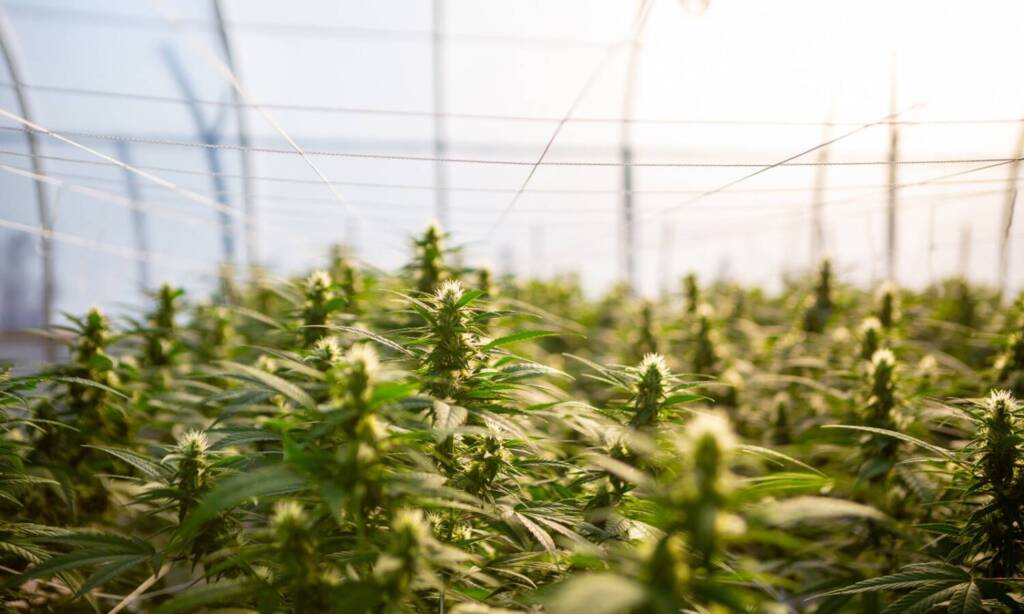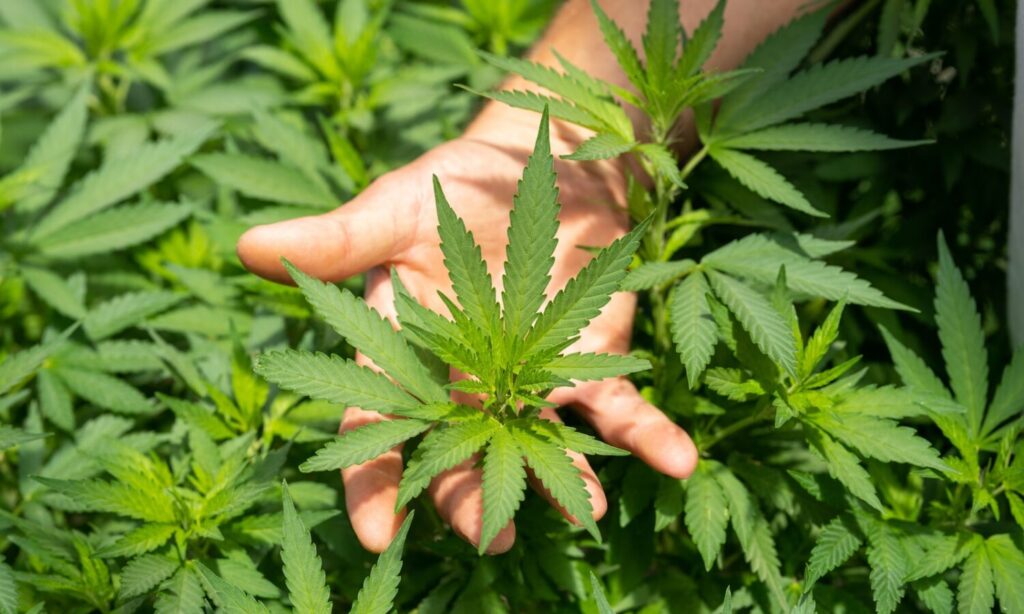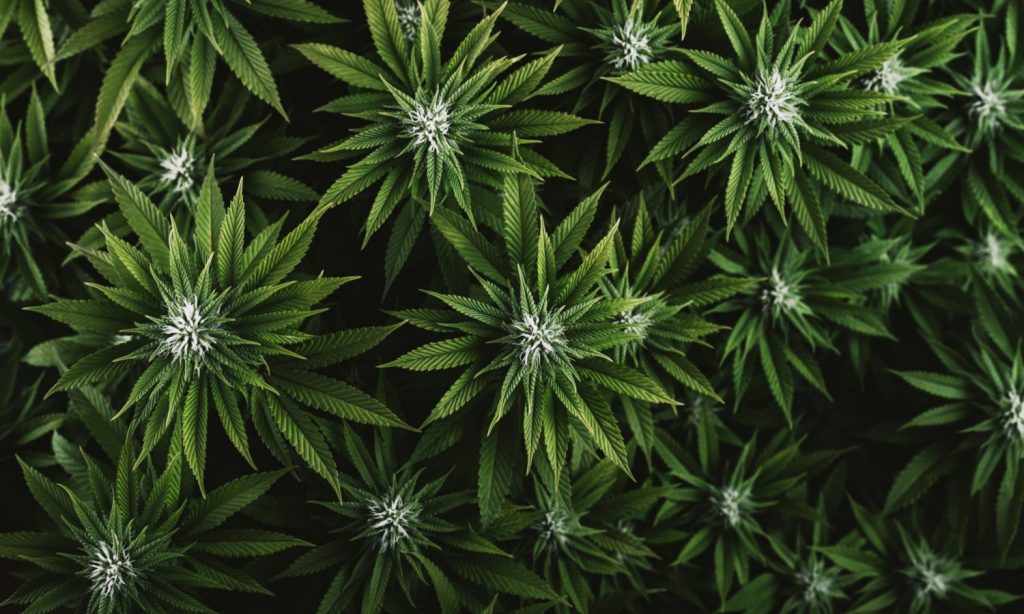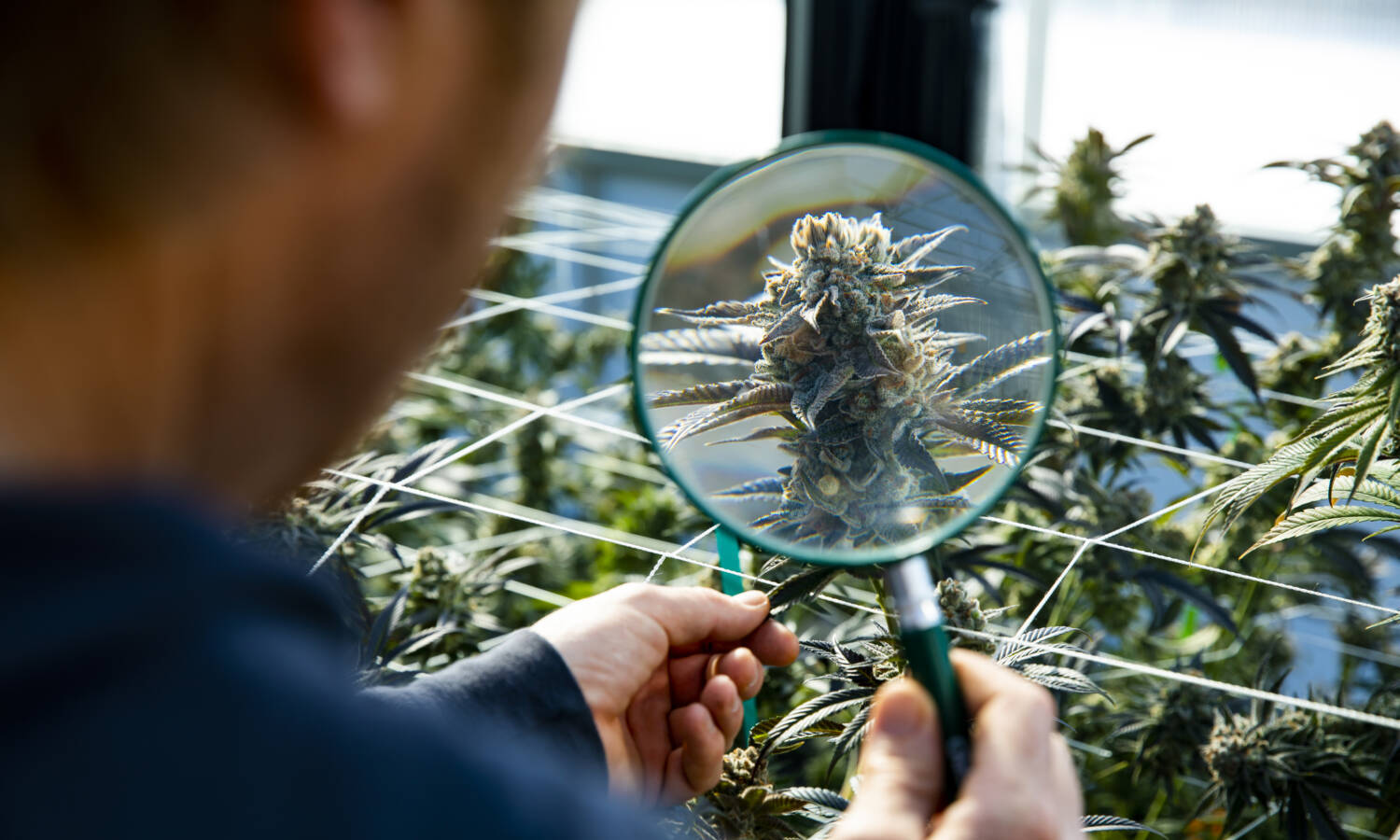The debate about outdoor, indoor, and greenhouse-grown marijuana will always be inconclusive, because they’re all winners in their own right.
Cannabis plants grow in many sizes and shapes. They also come in various colors, contain differing cannabinoids, and are processed into a wide range of products. The plants are commonly distinguished by their strains, modes of cultivation, and even consumption methods. There are three methods of growing cannabis plants, namely indoor, outdoor, and greenhouse cultivation.
One of the fundamental questions for cannabis consumers is differentiating between indoor, outdoor, and greenhouse-grown weed. There are a few differences between each plant, although some are more obvious than others.

New operators in the cultivation scene ask what form or method produces the best yield. There’s no direct answer because each has its own unique advantages and liabilities. The plain truth is that there is no general best growing option.
Here are comprehensive details of the three cannabis cultivation methods and the differences between them. We’ll also review the impact of each growing method on the plants.
Outdoor Cultivation
This involves the production of cannabis in open spaces. These cultivation methods tend to produce giant cannabis plants. These plants have wider and taller appearances, with bigger buds. However, this does not necessarily mean that they have better cannabinoid content. This method has been around since the dawn of agricultural cultivation.
Farmers who live in environments with perfect weather conditions for cannabis plants grow beautiful plants that blossom throughout their growing phase. Cannabis plants are unique plants whose optimal growth environments are rarely lived in. Growers have perfected the practice of growing cannabis plants in most inhospitable areas. They supplement available nutrients in the soil with fertilizers and make up for the insufficient water with irrigation systems. Cannabis farm settlements in California and Oregon grow the best outdoor-grown marijuana plants, thanks to the constant sunny and dry climate.
Outdoor cultivation gives plants direct access to the sun. As you know, no artificial light source has been able to compete with the sun’s efficiency. Outdoor-grown plants have better terpene profiles due to their development under the full spectrum of sunlight. The terpenes are fuller. Cannabinoids also possess better properties than cannabis plants grown through the other methods.
Not all outdoor-grown cannabis plants come out looking great. They are sometimes worn out by the elements (sunlight, wind, rainfall, etc.). Due to this, the plants develop darker colors and thicker stems to adapt to the conditions.
Outdoor marijuana can grow to incredible heights and sizes. They are often tougher and harder than indoor-grown marijuana plants.
Outdoor cultivation is the easiest and cheapest method of growing cannabis. It is also best for large-scale cannabis production. The best strains for outdoor cultivation include Sour Diesel and Killer Queen. Both strains are popular for their heat resistance and high yield potential.

Indoor Cultivation
Indoor cultivation of cannabis began as a secret way of planting cannabis for the illegal sector. Through this covert cultivation, growers discovered that the plant’s growth could be controlled.
A scientist described indoor cannabis cultivation as a “manual” means of growing weed. The entire process involved in the plant’s growth depends on how the farmer handles it. Unlike outdoor-grown cannabis, where nature dictates the growth rate of the plants, here, the farmer controls the environmental conditions to produce the optimal yields of the plant.
RELATED: Outdoor Vs. Indoor Grown Cannabis: Which To Choose?
Indoor-grown plants are fine-tuned for better flavor and potency. However, they do not grow as big as outdoor-grown weeds. A lot of work goes into producing indoor cannabis. The advantage of this method is that the plants have a high trichome density. They are also less exposed to elements like wind, sunlight, and rainfall. They tend to have a more even coloration that stays fresh throughout the growth duration. Growers prefer indoor cultivation because it is not dependent on seasons.
The downside is that these plants are expensive to grow and maintain. Operational costs for energy to power bulbs, water pumps, and fans must be considered. Strains that fare best when grown in these controlled environments include Strawberry Haze, Big Wreck, and Skunk # 1.
Greenhouse Cultivation
Greenhouse cultivation is a combination of indoor cultivation and outdoor cultivation. It costs more than outdoor cultivation but less than indoor cultivation.
Cannabis grown in greenhouses has access to outdoor resources, especially sunlight. They are also located within secure and protected housing facilities free from pests and extreme climatic factors. This method is best suited for growers who reside in locations that are unfit for cannabis growth—those who cannot afford to finance an indoor cultivation space, in particular.
RELATED: What’s The Difference Between Sun Grown And Indoor Grown Marijuana?
Cannabis seeds are grown in sizable transparent glass facilities. The sun can shine through these glass materials to increase the temperature within. The advantage of this method is that plants can thrive all year round. Energy costs are also reduced significantly, as electrical appliances are mainly used during the darkest and driest period of the year.
Greenhouse-grown cannabis plants are often free from molds, mildew, diseases, and pest attacks. Even the vulnerable plants. Not all strains can thrive in a glasshouse. Some of the strains best suited for this facility are Northern Lights, Jack Flash, and Tahoe OG.

The debate about outdoor, indoor, and greenhouse-grown marijuana will always be inconclusive. One winner cannot emerge from all three because they’re all winners in their own right. Experts have stressed that there is no single best number of plants produced from the three options.
Growing your cannabis outdoors will result in bigger sizes but not higher cannabinoid levels. Outdoor-grown plants are often cheaper to purchase than indoor and greenhouse plants because of the lower cost of production. For the best results here, ensure the farm area has good soil and adequate rainfall. Use effective pest and disease prevention measures as well.
Growing your cannabis indoors will result in plants with higher THC levels. However, the cost is something to consider. These plants are more expensive due to the increasing cost of power, nutrients, and effective fertilizers. At the same time, greenhouse cultivation also produces moderately sized plants with suitable levels of THC. Ventilation, temperature regulation, and power sources are some of the important factors to consider for the best indoor-grown cannabis plants.


